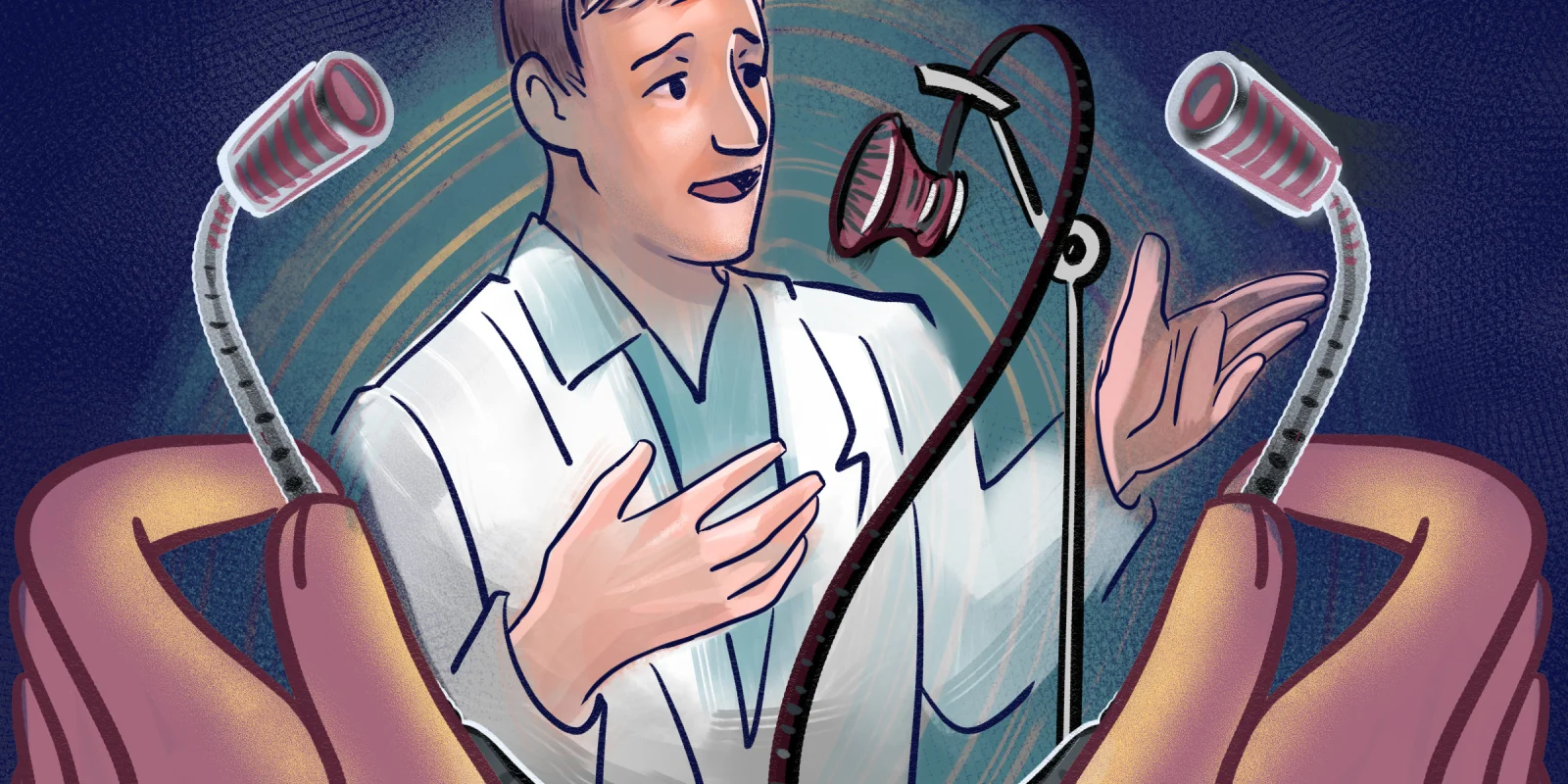 Dr. Wolpaw has become a household name for many in the field of Anesthesiology. How many? Enough to generate close to 48,000 unique listens to his ACCRAC podcast each month. Naturally, when he heads a session at ASA titled “Re-imagining Residency: What should residency training look like for today’s adult learners?" the room is filled well-ahead of the program start time.
Dr. Wolpaw has become a household name for many in the field of Anesthesiology. How many? Enough to generate close to 48,000 unique listens to his ACCRAC podcast each month. Naturally, when he heads a session at ASA titled “Re-imagining Residency: What should residency training look like for today’s adult learners?" the room is filled well-ahead of the program start time.
I had the pleasure of meeting Dr. Wolpaw at the end of the session and I felt the need to propagate this message given the current buzzwords of “fatigue,” “burnout,” and “medical errors,” and how frighteningly popular they have become. The following is a summary of Dr. Wolpaw’s presentation with other personal comments.
“Residency was hard for me when I did it, it is supposed to be hard for you too. Just get through it and then you’ll be fine.” Before any talk of burnout, this was the status-quo in many, if not most, training programs. After highlighting suicides, car accidents, alcohol and drug abuse, medical errors, and other sub-optimal medical practices as a result of burnout, the medical world is currently at least familiar that the status-quo may not have been ideal all these years. And burned out residents are more likely to be burned out clinicians, so it does not end when the training is concluded and the money starts coming in.
Local burnout management starts with talking to the individuals and instituting department-level changes like recreational activities, resident wellness initiatives, and the like. But that’s likely not nearly enough to treat the burnout epidemic. What is actually needed is an institutional-level approach.
But how do you motivate an institution to change? If someone has a cloth head cover instead of a bouffant cover the institution may get cited by regulatory agencies such as the Joint Commission, and hospitals are very worried about this happening. But the Joint Commission doesn’t measure burnout rates or ask hospitals to do so. And yet, the evidence for the efficacy of a bouffant versus a cloth head cover is marginal at best, while burnout has been tied to worse patient safety outcomes.
The key here is how we train our residents. They are no longer children. They are “adult learners” who need some control over their learning, hence the emerging popularity of podcasts which can be listened to while commuting or working out for example. The original system of training was based on a number of male residents who used to actually live in the hospital and had no other obligations besides their clinical duties. This is clearly not the world we navigate today. Adult learners will retain information they believe is relevant to everyday life, not just because they are expected to regurgitate it on a test. Today’s learners need to prioritize other aspects of their lives beyond residency: families, children, part-time jobs, exercise, and so on. “When we tell people to put their humanity on hold, that is not a moral approach, and it causes moral injury, a term used interchangeably with burnout,” says Wolpaw.
It is also crucial to communicate with our trainees in a supportive way, to make sure their concerns are heard and responded to. And it is important to develop a proper method to handle resident complaints, errors, and other gaps in learning. Managers, whether program chairs, directors, or chief residents, can be instrumental in providing timely and non-judgmental feedback to guide trainees while they navigate a condensed program and long hours at the hospital. The resident seemingly freezing up in the operating room may have a health issue, and the resident always calling late in the evening to discuss cases with their attending may just be waiting until their child is asleep. A good coach is one who tells you what you’re doing right but also points out what you can do better in a way that helps you improve. A good coach is also someone who is not burned out themselves.
Change will require funding, ACGME support, society support, and institutional and departmental willingness to promote resident wellness. None of this can happen overnight, but all of us can start making small steps in the right direction. As Dr. Wolpaw said, “When you graduate, don’t forget what residency was like for you. Remember all that you wanted your faculty to be, and then BE that faculty.”
Dr. Saasouh has completed an Anesthesiology residency at the American University of Beirut (Lebanon), a research fellowship at the Cleveland Clinic Department of Outcomes Research (Ohio), received training in Neuroanesthesiology at the Cleveland Clinic (Ohio), and is currently an Anesthesiology resident at the Detroit Medical Center (Michigan). Dr. Saasouh is a 2019 - 2020 Doximity Conference Fellow.
Illustration by April Brust







